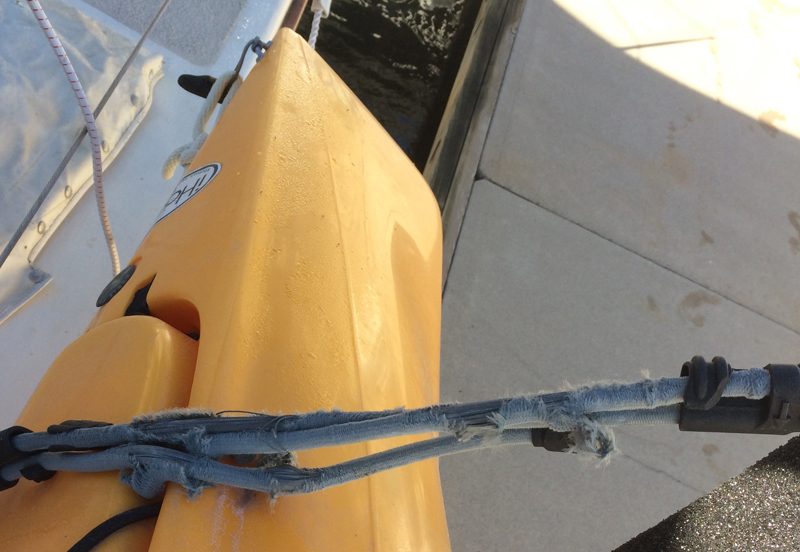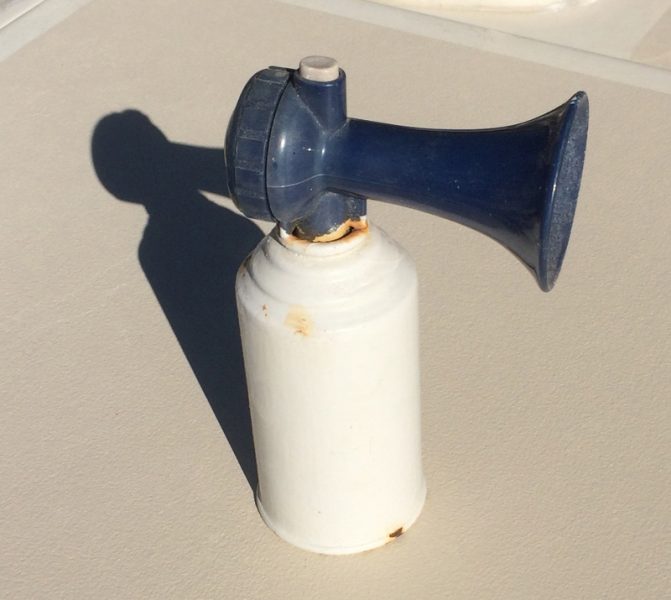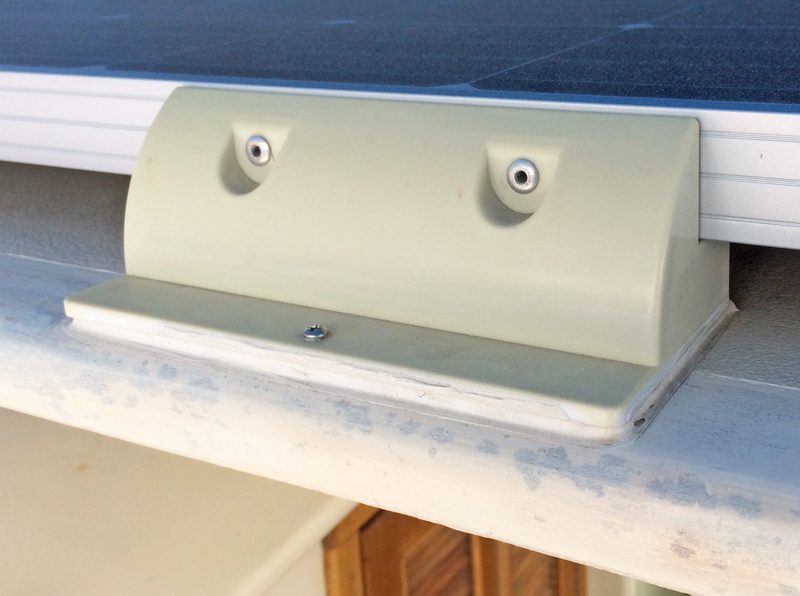
Why Iguanas Have Thick Skin
When you live on a boat in the tropics year-round, you adjust to the challenges of wind, rain and extreme heat every day as needs arise — protecting expensive gear from sun damage, attending to leaks, and keeping mold and mildew at bay. But when you button up your boat and leave it unattended for months at a time, you run the risk of returning to unexpected surprises.

We left our Cross trimaran Little Wing at Nuevo Vallarta, Mexico, in Paradise Village Marina for four and a half months during the height of the summertime rainy season, when both humidity and air temperatures were ‘redlining’. At one point during August a dock neighbor who’d stayed with his boat reported 100-degree temps inside his partly air-conditioned boat!
Nevertheless, when we returned this month we were pleasantly surprised to find virtually no mold or mildew inside, apparently thanks to the dehumidifier we’d left in the salon and a couple of old-school DampRid hanging moisture-absorber bags in the hanging lockers.

Outside, however, we made some interesting discoveries — some predictable and some surprising. Brand-new bungee cords had disintegrated, oars had shed their varnish like molting snakes, unpainted caulking had shriveled, the plastic feet that hold our solar panels turned from bright white to yellow, and the plastic ‘funnel’ of our handheld air horn turned — swear to God — from bright red to dark blue.

The only serious issue was that some sort of mold or fungus grew between the (one-part) paint and primer layers on some areas of our topsides. (It’s a cold-molded boat, not fiberglass.) One of the local paint gurus, Leonardo, surmised that the one-part polyurethane paint in question was not “fuerte” enough for the Mexican sun. He gave us a great price on replacing it with an Awlgrip-like two-part material that’s available locally.

The bottom line takeaway: Many sailors leave their boats unattended in the tropics for months at a time with little or no damage. If you follow their lead, just remember to clear your decks of everything you can to protect them from damage by the elements. Some even pull their halyards, but we’re not quite that fanatical.

Is that Iguana’s name Mitch?
Black colored polymers & plastics do better than other colors in tropical sun because the black color comes from carbon black which is truly opaque to sun. Thus it does not allow the sun’s rays to penetrate the polymer itself.
Hot yes but will stand up. Choose black bungees, lines, etc. Leadned this when living in Hawaii. It works!
I keep my boat all year at La Cruz Marina, and I always raise my halyards if I won’t use the boat for more than a couple of weeks. I do not consider myself “fanatical”, but I think the effort is worth it. I also find that the expense of a sunbrella boat cover is well worth its price because it keeps other sun related maintenance expenses lower.
Carlos Flores, s/v Kaixo II